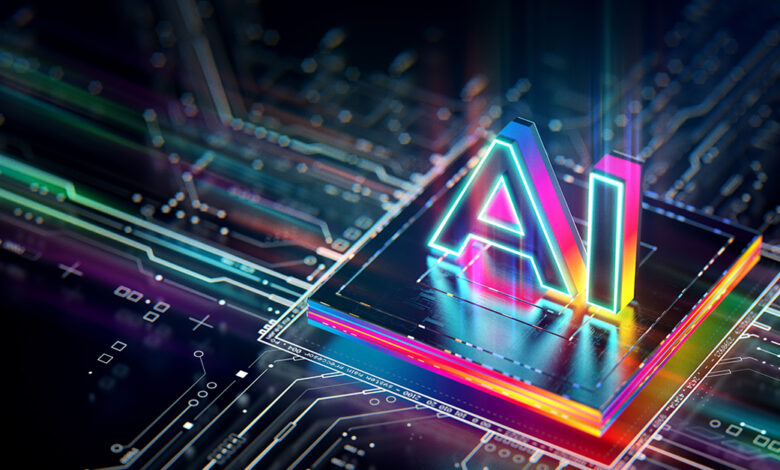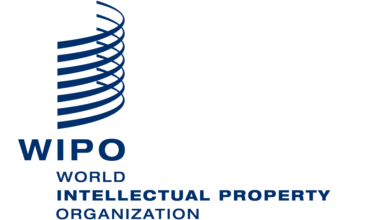The Role of Artificial Intelligence in Professional Cleaning

When one considers technology commonly used in the cleaning industry, autonomous floor scrubbers and smart, Internet of Things-connected dispensers and systems most likely come to mind. Although you may not think about it, these technologies use artificial intelligence (AI).
Machines, integrated circuits, and software used in the cleaning industry tap into AI when they purposely use information to manage and perform cleaning tasks and related operations. When we supply information and purpose to this equipment, we largely control the decisions and outcomes.
Information, purpose, and control
AI has advanced rapidly in recent years due to more computing power, large language models in systems such as ChatGPT, and better algorithms, prompting the question: “Who’s in control, and what does it all mean?”
Interestingly, ChatGPT calls itself a language model, and not a reasoning machine. Humans have supplied the information and, to a large extent, its purpose, and hence, have some degree of control over outcomes.
“Language models encode what is reflected in human text rather than offering a deep understanding of it, although they may sometimes project the appearance of such deep understanding,” notes the book “The Age of AI: And Our Human Future,” authored by Henry A. Kissinger, Eric Schmidt, and Daniel Huttenlocher.
So, in many ways, humans still control AI, but with advancing technology, AI has more ability to “think,” at least within certain limits.
Currently, AI is not good at nonrepetitive tasks. However, it is potentially good at repetitive tasks in professional cleaning—such as emptying trash, dusting, and floor care—with limits that relate mainly to financial considerations. For example, building the perfect dusting robot would be an expensive undertaking, one most useful where the size of an operation justifies the cost of development.
Helper technology
Employee training is an area where AI is already helpful. Just as airline pilots train on simulators, cleaning workers can receive training using augmented reality (AR) and virtual reality (VR).
In the current environment, with the relatively low cost of entry-level custodians and the modest needs of most jobs, technology solutions will not be top-of-mind in most operations, at least as it relates to the labor pertaining to commercial cleaning endeavors.
However, as helper technologies such as AR and VR become less costly to access—due to supply and demand market pressures or the ability to rent or lease these services—helper or service tech will gradually become a part of the daily lives of many workers.
AI applications in cleaning
In addition to training workers, we can apply AI to professional cleaning in various ways, such as:
- Autonomous cleaning equipment: AI can enable the development of smart cleaning robotic equipment that can navigate complex environments, avoid obstacles, and perform various cleaning tasks, such as vacuuming, mopping, disinfecting, and sanitizing. These innovations can reduce the need for human labor, increase productivity, and improve quality and consistency. They can also collect and analyze data on cleaning performance, the condition of the facilities, and user feedback to optimize cleaning schedules, routes, and methods.
- Occupancy sensors: Sensors that detect people’s presence or movement can help determine how often areas should be cleaned and where lights and HVAC can be turned on or off to save energy.
- Data analysis: Companies can improve their labor deployment efficiency by studying relevant data. For example, if an area has frequent foot traffic, cleaning operations can adjust schedules to focus more attention there.
- Intelligent cleaning products: AI can enable the development of intelligent cleaning products that can adapt to different types of surfaces, stains, and dirt to deliver the optimal amount of cleaning agents, water, and energy. These products can improve cleaning efficiency, quality, and safety and reduce environmental impact and operational costs. They can also monitor and report the usage and performance of the cleaning products and provide recommendations for maintenance and replenishment.
- Smart cleaning management: AI can enable the development of smart cleaning management systems that can integrate and analyze data from various sources—such as sensors, cameras, autonomous equipment, products, and users—to provide real-time insights and actionable suggestions for cleaning operations. These systems can help optimize the cleaning resources, workflows, and outcomes and enhance communication and collaboration among the cleaning staff, managers, and clients. They can also provide feedback and training for the cleaning staff and improve their skills and satisfaction.
- Content creation: AI can create and translate original training content, including procedural guides and checklists.
- Business strategy: AI tools such as ChatGPT and MSCopilot can provide marketing and business growth strategies based on the criteria provided.
- Research: Large language models such as those used by ChatGPT and Microsoft Copilot enable market analyses, determining customer preferences, though the results are not in real time as the information models used may be several years old.
- Customer service: ChatGPT or AI-driven chatbots can help create customer service responses, answer FAQs, direct questions to the right person or department, and book appointments.
Education is top priority
One definition of intelligence is that it is the purposeful ability to capture, adapt, and use information.
As concerns arise regarding the ability of AI to take over society, causing mischief or worse, it’s wise to remember that AI arose from human intelligence, not vice versa.
In principle, improving human potential through the practical application of knowledge should precede improving AI, and expanding our workers’ ability to capture, retain, and build on human knowledge and expand their skill set is a top priority.
Workers imbued with a growth mindset through expanded knowledge can, in turn, help inform, develop, and maintain related AI for better cleaning that is grassroots-driven, customer-centric, and financially attractive.
Read More



